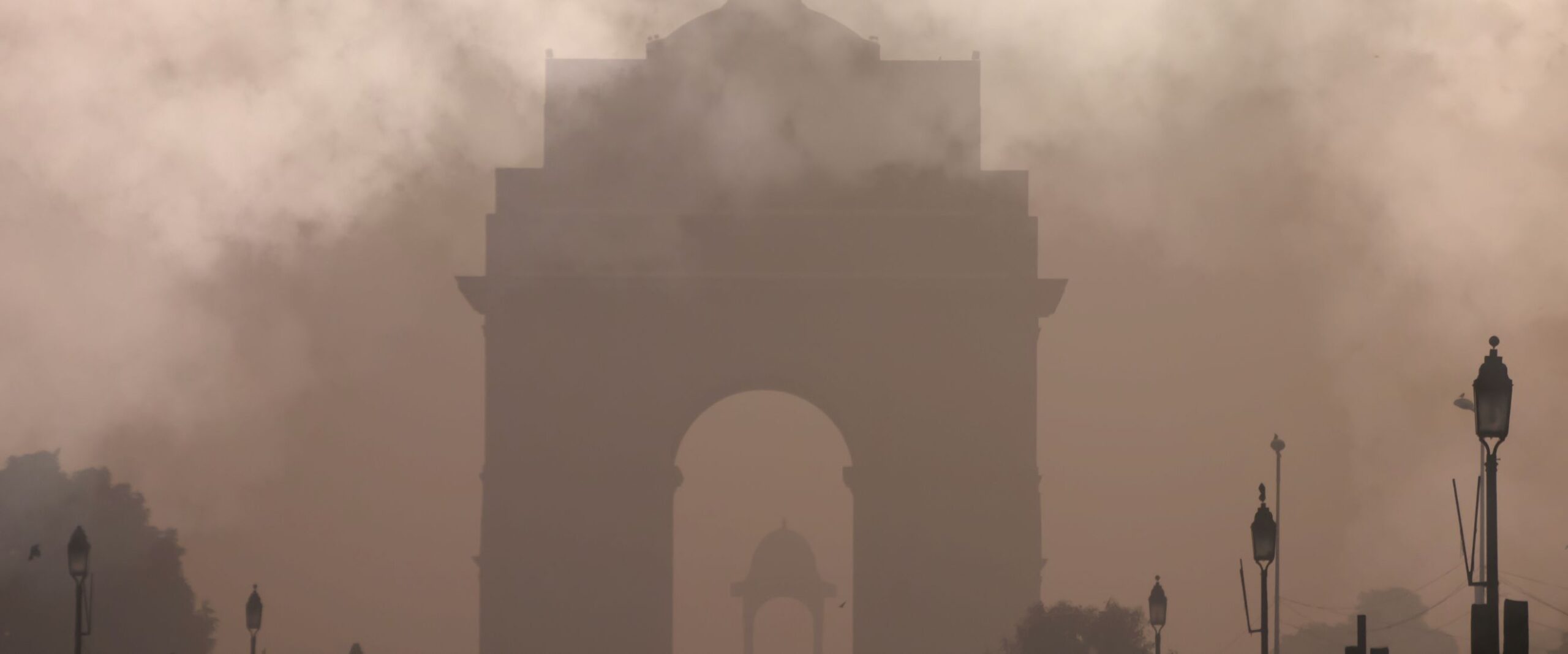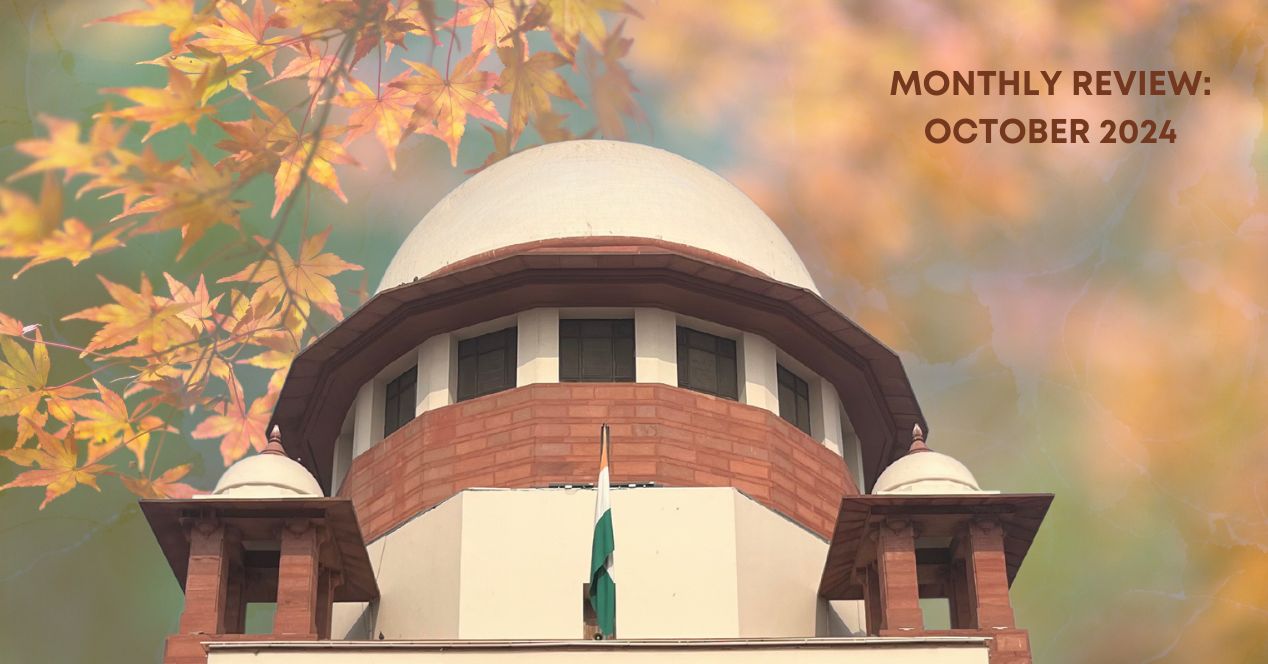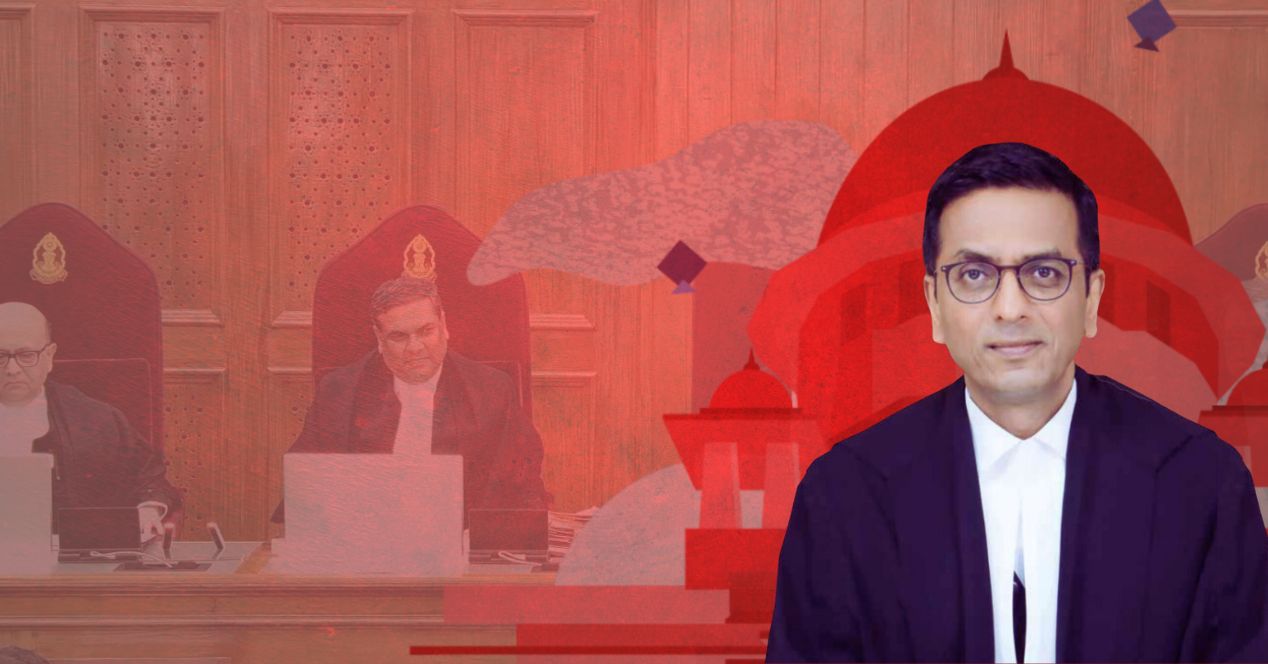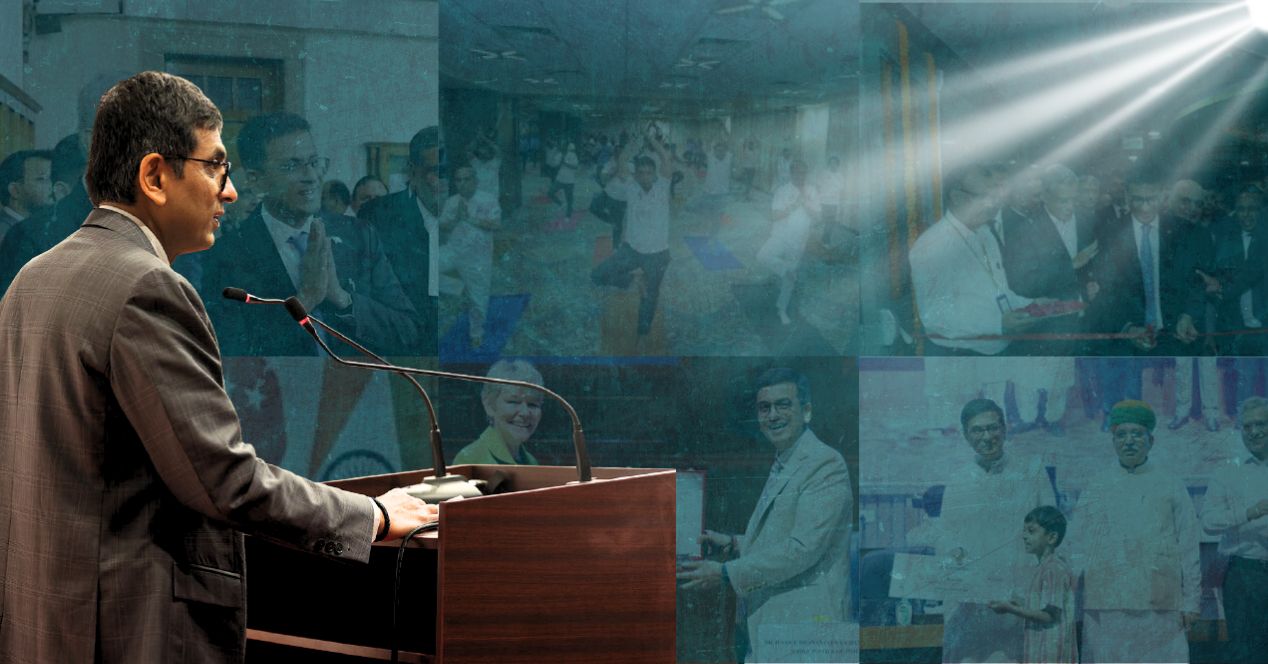Analysis
Delhi pollution crisis: Can the Supreme Court clear the air?
A Division Bench appointed 13 advocates as Court Commissioners to ensure compliance with the ban on trucks at Delhi checkpoints

It’s that time of the year again when those of us in Delhi, welcome our annual pollution hikes and smog-covered roads. We have developed a handbook for what to expect over the years: we will struggle to breathe more than usual, flights will get cancelled or rescheduled because of low visibility, schools and colleges will shift online, and the matter will eventually reach the Supreme Court which will issue some directions.
This year was no different. As headlines about the worst air quality in the NCR topped the new cycle, on 18 November, a bench of Justices A.S. Oka and A.G. Masih heard the case at the Supreme Court. The top court has been monitoring the air pollution crisis in Delhi in an ongoing Public Interest Litigation—M.C. Mehta v Union of India, since 1984.
The bench came down heavily on the Commission for Air Quality Management (CAQM) for delays in implementing Stages III and IV of the Graded Response Action Plan (GRAP). A Stage III grading mandates curbs on construction and industrial activities and Stage IV requires a near-lockdown.
Faulty forecast
Senior Advocate Ruchi Kohli and Additional Solicitor General Archana Pathak Dave attempted to justify CAQM’s delay. They stated that the meteorological forecasts by IMD had predicted improved air quality.
The bench, however, was unconvinced. “This is a completely wrong approach… Even in anticipation of AQI decreasing the threshold limit, it is the duty of the commission to start implementation of GRAP III or GRAP IV, as the case may be… ” Justice Oka remarked.
The Court also held that the Delhi government could not downgrade from Stage IV implementation even if the air quality improved, without the Court’s permission.
On 22 November, as the AQI improved, Justice Oka stated that the Court would examine the compliance of its previous orders in the next hearing, and only then decide if the implementation could be reduced from GRAP IV to GRAP II. “What we are suggesting is this…Monday (25 November) we will examine compliance and then we will consider whether to bring it down from GRAP-IV to GRAP-II.”
Gaps in implementation
The bench also sought clarity on what measures the Delhi government had taken to monitor the air quality levels so far. “Who will stop the entry of trucks into Delhi? Who decides whether they are carrying essential commodities?” Justice Oka asked. Stage IV bans non-essential trucks from entering Delhi and suspends construction and demolition activities. Senior Advocate Shadan Farasat replied that the Delhi government and the traffic police were monitoring the entry of trucks in the state. Advocate Jyoti Mendiratta added that the traffic police examined these trucks and listed the ones with essential commodities, which are exempted from this ban.
The bench sternly directed all governments surrounding the NCR to strictly implement Stage IV of GRAP, submit compliance reports, deploy monitoring teams, create grievance redressal mechanisms for public complaints about violations, and address such complaints at the earliest.
On 22 November, the Senior Advocate Aparajita Singh, the amicus in the case, informed the Court that out of 113 city-entry checkpoints, only 13 had strict checking and vigilance. Justice Oka asked the Union to post police personnel at all the checkpoints, adding, “It is very difficult for us to assume that entry of trucks is being stopped because there’s no material place on record… So far as compliance with clauses number one and two of Stage IV is concerned, we are not satisfied.”
To rectify the “failure” of the state government and the Delhi police, the bench appointed 13 members of the bar as Court Commissioners to inspect these entry points. Their task is to check if trucks and light commercial vehicles (LCVs) registered outside Delhi—except those carrying essential goods—are being stopped at entry points, and submit a report by 25 November.
Classrooms closed, again
Earlier this week, schools shifted to an online mode of teaching for all students except for those in classes 10 and 12. Senior Advocate Gopal Sankaranarayanan argued that “the lungs of Class 10 and 12 students were no different from others”, and that decisions on school closures should not be left solely to state governments. He urged the Court to mandate the suspension of physical classes for all students. The bench agreed, directing all NCR states to take immediate action to halt physical classes to protect the students’ health.
Senior Advocate Meneka Guruswamy, representing parents of school-going children, highlighted the harsh realities faced by underprivileged families when schools close due to air pollution. She argued that the assumption of cleaner air at home is flawed, especially for those lacking virtual learning facilities—a challenge that echoed during the pandemic lockdown.
She said, “For working-class families, schools are more than educational spaces… It enables working-class parents to go to work because these schools secure the child, provide them with midday meals, which is a big incentive to send children to school. So now working-class people are being forced to stay home, to take care of their children.” Guruswamy added, “Poor parents in this country don’t rely on buses; they send their children to neighbourhood schools.”
Stubble burning and accountability
Every year, stubble burning in neighbouring states has topped the list of external factors contributing to Delhi’s pollution. While Punjab and Haryana have claimed that the number of farm fires declined this year, Advocate Mendiratta referenced NASA and South Korean satellite data indicating peak stubble-burning activities during specific hours in Punjab, mostly in late afternoons.
Singh, the amicus pointed out that a stationary Korean satellite had captured the farm fires at 4.20pm. The discussion shed light on a possibility of a pattern that the farmers are now using, to strategically time their stubble burning to avoid detection when the satellite passes the NCR region — at 10.30am and 1.30pm.
Addressing data discrepancies, the Court instructed the Union and CAQM to procure real-time satellite data from advanced systems like South Korea’s GEO-KOMSAT 2A for better tracking of farm fires and other pollutants. It also asked for data on farm fires from October till date, from any geostationary satellite, for states to take further action. The Indian Space Research Organisation (ISRO) was also instructed to collaborate on enhancing monitoring systems.
“This happens every year… it has spiralled out of control”
According to a 2022 report titled Air Quality and Health in Cities, which analyses pollution and global health effects in 7000 cities globally, the air quality in the NCR was rated the worst in the world.
In 2019, the Supreme Court had ordered a complete ban on stubble burning in states around Delhi and lashed out at the centre and the states for failing to improve the quality of air. “The world is laughing at us. You are reducing the lifespan of people. Why are people being forced to live in gas chambers? Better to get explosives and kill them all in one go”, a bench led by Justice Arun Mishra had stated.
The pandemic witnessed a change as the water quality of both the Yamuna and Ganges river basins improved and the air quality also became better, owing to the lockdown measures. The following year, however, AQI slipped again to the severe category around mid-November. The top court intervened to reprimand the Union and state governments to take stringent measures.
In 2023, a bench comprising Justices S.K. Kaul, Sudhanshu Dhulia, and Prashant Kumar Mishra observed that despite numerous measures, there was no tangible improvement.
“Every year we are monitoring and there is something amiss. The states are blaming the centre. The centre is blaming the state, somebody’s blaming somebody… it has spiralled out of control,” Singh pointed out. She stated that it was time to adopt some stating “viable” measures this time around and also suggested forming a committee of judges and experts, who have experience in this domain to tackle the issue.
The fundamental right to clean air
According to Article 21, every citizen has a fundamental right to a pollution-free environment.
However, year-on-year the people in Delhi are deprived of this right. Even as the Court has stepped in time and again to monitor the situation and pass directions, the blame game and bickering continue and real progress remains elusive. While there is hope that the time to come will be different, if past years are any indication, for now at least, clean air feels like wishful thinking.
The Court will hear the case again on 25 November 2024.




